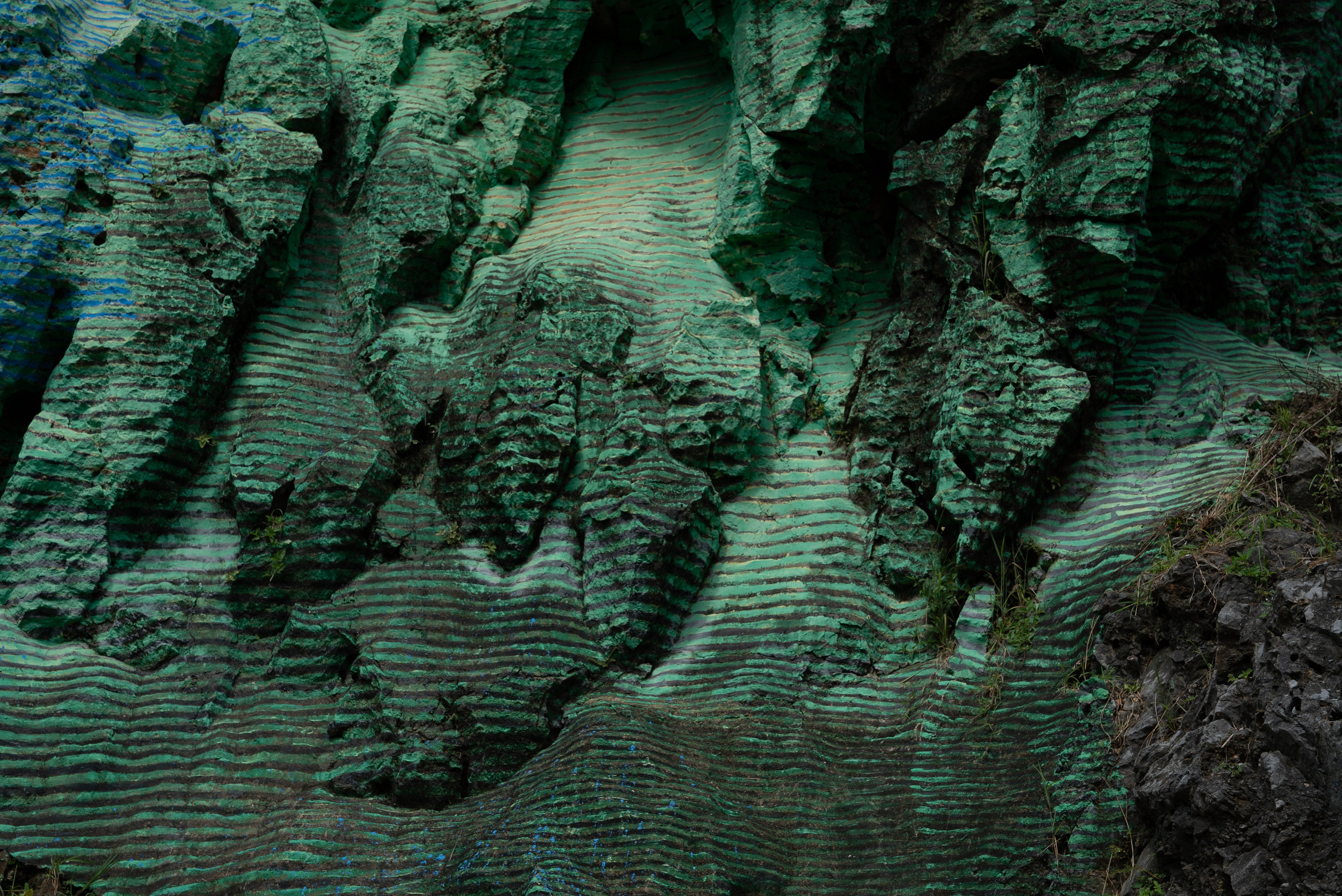Some of the views throughout Cuba are not about the ocean, but the countryside.
In the Viñales Valley, visitors can pause and breath in the air without the exhaust fumes of the cities. The area has views of hills made of rock, fertile farms and more.
While looking down into the valley region, you will encounter tobacco farms and other crops that are cared for by way of more traditional farming. Some of the techniques utilize horses, ox and more.
Limestone is what the hills consist of, which are filled with caves. The hills are called mogotes, which can rise from the land as tall as 984 feet.
Using the word “mountain” or hill to describe the mogotes is not exactly correct. A mogote by definition is an isolated and steep sided slope which has some sides that are more like a cliff overlooking a lake or the sea. Some look like a dome built in the center of the land, as if they don't belong.
Most mogotes sit on flat tropical land, such as the valley area in Cuba.
Viñales is about 2.5 hours from Havana by car. Of course, it could take longer depending on the age and working condition of the car you are in.
Viñales Valley was designated as a World Heritage Site in 1999 and is protected by the Cuban Government as a National Park. Due to the area being a World Heritage Site, it is also protected by the United Nations with an international treaty. The UN selects certain areas and works with countries to protect areas that have educational, scientific and cultural significance.
Many of these views can be seen from a large observation deck outside the small pink hotel called the Los Jazmines Hotel. The location is quite amazing. The structure was built in the 1960s, which was before the government took over after the revolution. The original owner basically lost his hotel, but still oversees it on a daily basis.
The hotel has a swimming pool that is shared by guest and locals who pay to use it.
Another area within the valley called Dos Hermanas has a massive mural painted (below) onto the side of a mogote simply labeled, the Mural of Prehistory. The mural is painted in separate lines, one by one across the length of the rocks. From a distance, the mural looks to be one large painting.
The artist behind the mural was Leovigildo González Morillo. He painted Indians, a variety of mammals and depicted what he saw as the evolutionary process of men and animals.



